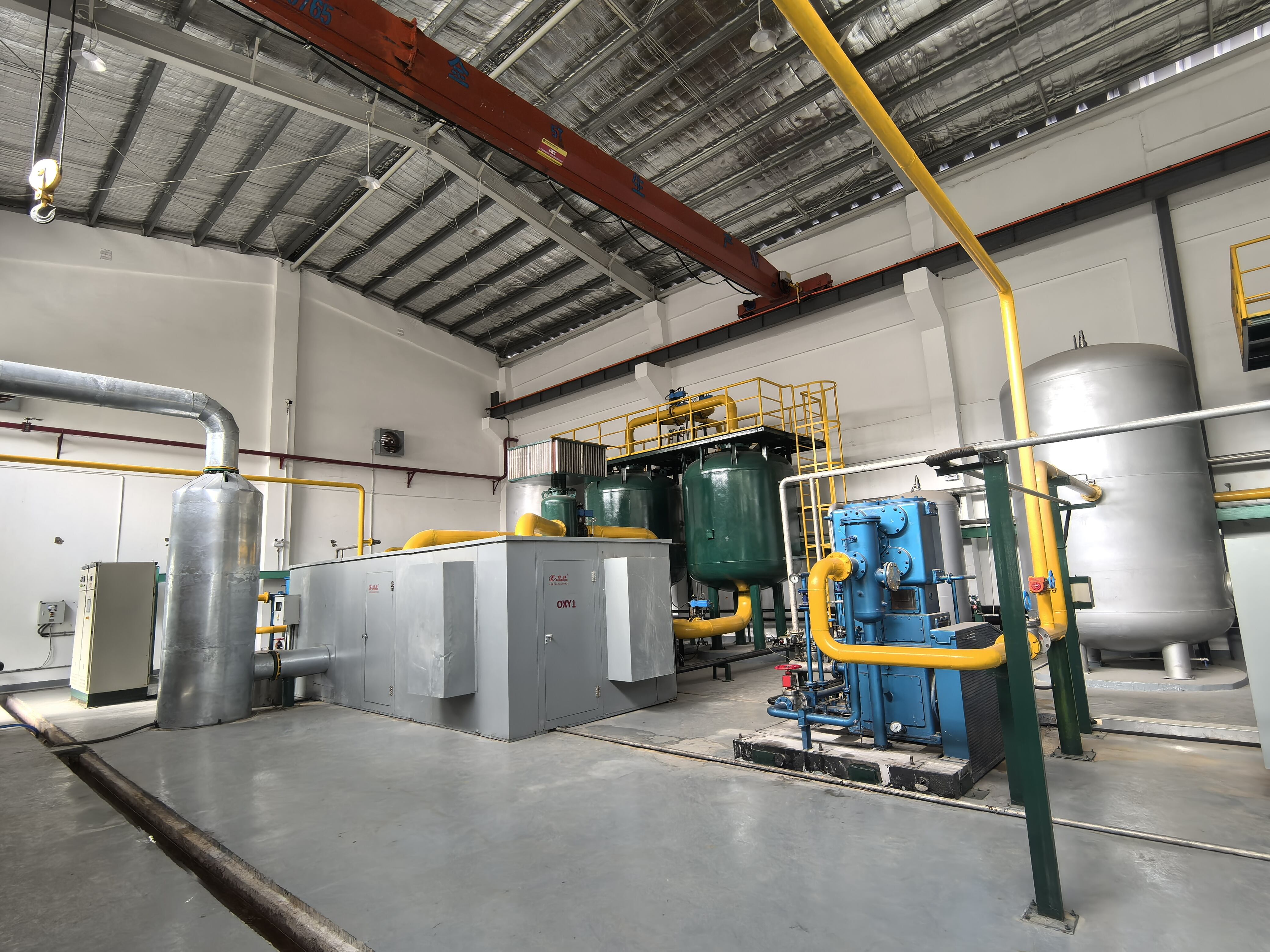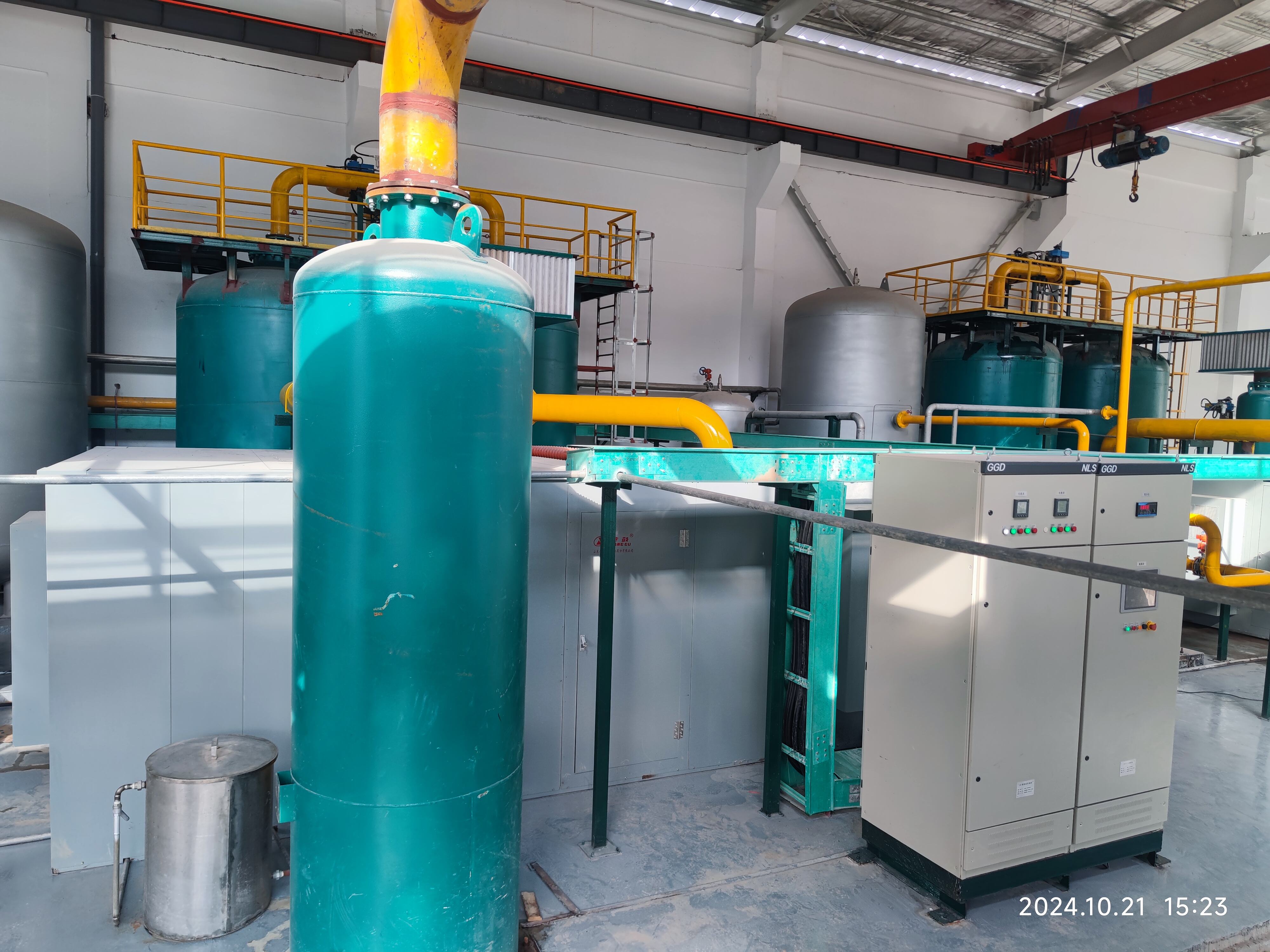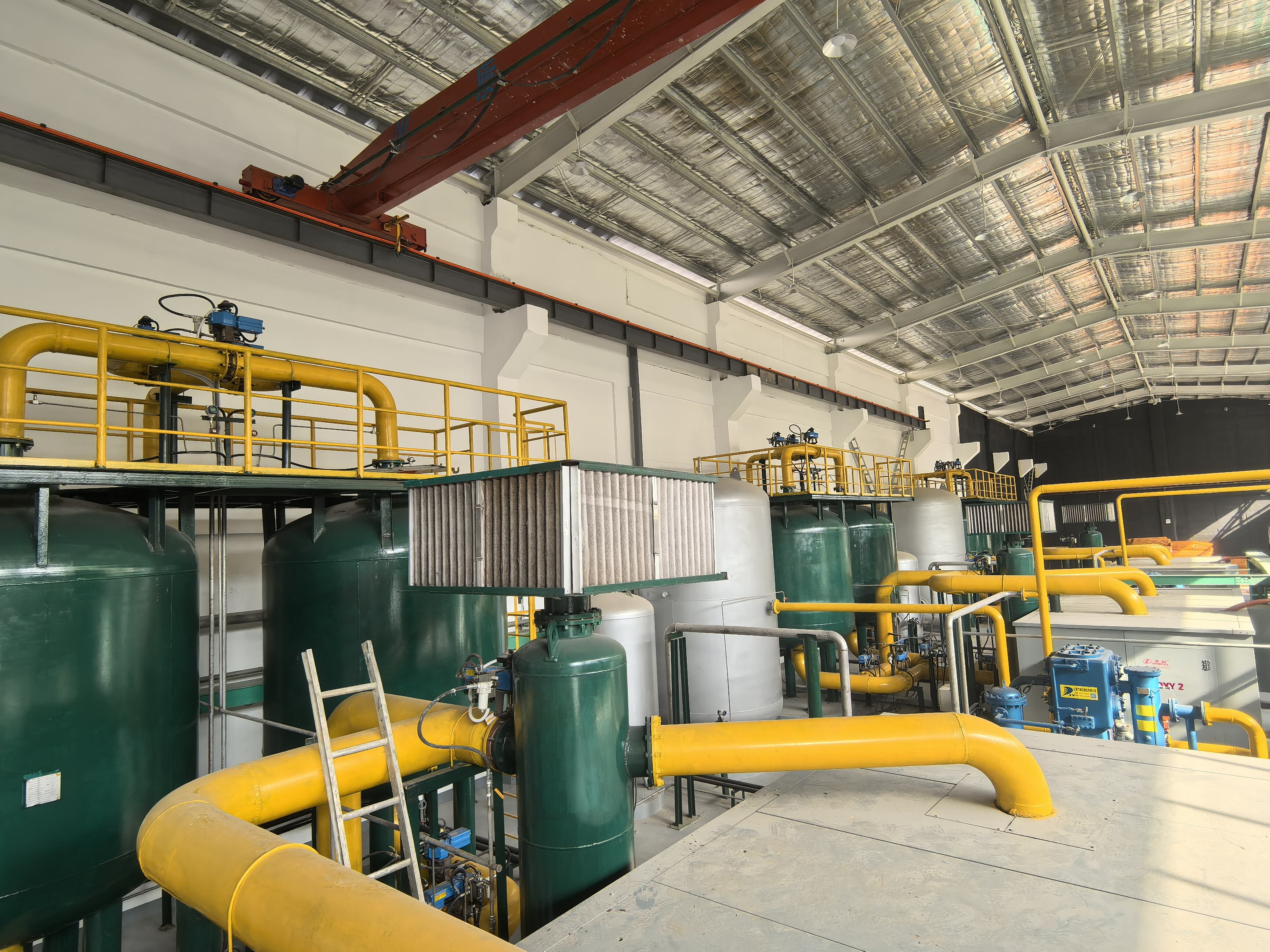व्यापक उत्पादन के लिए ऑक्सीजन केंट्रेटर
महामार्ग पर ऑक्सीजन सेंट्रेटर औद्योगिक गैस उत्पादन में एक अग्रणी समाधान है। यह उन्नत प्रणाली दबाव चलन विज्ञापन (PSA) प्रौद्योगिकी का उपयोग करके वातावरणीय हवा से ऑक्सीजन को अलग करती है, जिससे विभिन्न औद्योगिक अनुप्रयोगों के लिए उच्च-शुद्धता वाला ऑक्सीजन प्राप्त होता है। बहु-स्तरीय प्रक्रिया के माध्यम से कार्य करते हुए, प्रणाली पहले वातावरणीय हवा को संपीड़ित करती है, फिर उसमें से नमी और अन्य प्रदूषकों को हटाती है, इसके बाद यह विशेषज्ञ मॉलिक खाट में गुजरती है। ये खाट नाइट्रोजन को चुनौतीपूर्वक अवशोषित करते हैं, जबकि ऑक्सीजन को गुजरने की अनुमति देते हैं, जिससे ऑक्सीजन की सांद्रता 95% तक पहुंच जाती है। प्रणाली का मॉड्यूलर डिजाइन घंटे प्रति 100 से 2000 क्यूबिक मीटर तक विस्तारित उत्पादन क्षमता को संभव बनाता है, जिससे यह विविध औद्योगिक आवश्यकताओं के लिए उपयुक्त होता है। अग्रणी नियंत्रण प्रणाली प्रदर्शन पैरामीटर्स को निगरानी और बेहतरीन ढंग से विकसित करती हैं, जिससे निरंतर आउटपुट गुणवत्ता और संचालन की कुशलता सुनिश्चित होती है। सेंट्रेटर में स्वचालित दबाव समानता, पुनर्जीवन चक्र और बुद्धिमान भार प्रबंधन शामिल हैं, जो ऊर्जा खपत को कम करते हुए अधिकतम उत्पादन स्तर बनाए रखते हैं। इसके अलावा, दबाव रिलीफ वैल्व और आपातकालीन बंद करने के यंत्रों जैसी सुरक्षा प्रणालियों को एकीकृत किया गया है, जो विश्वसनीय और सुरक्षित संचालन सुनिश्चित करती है।


